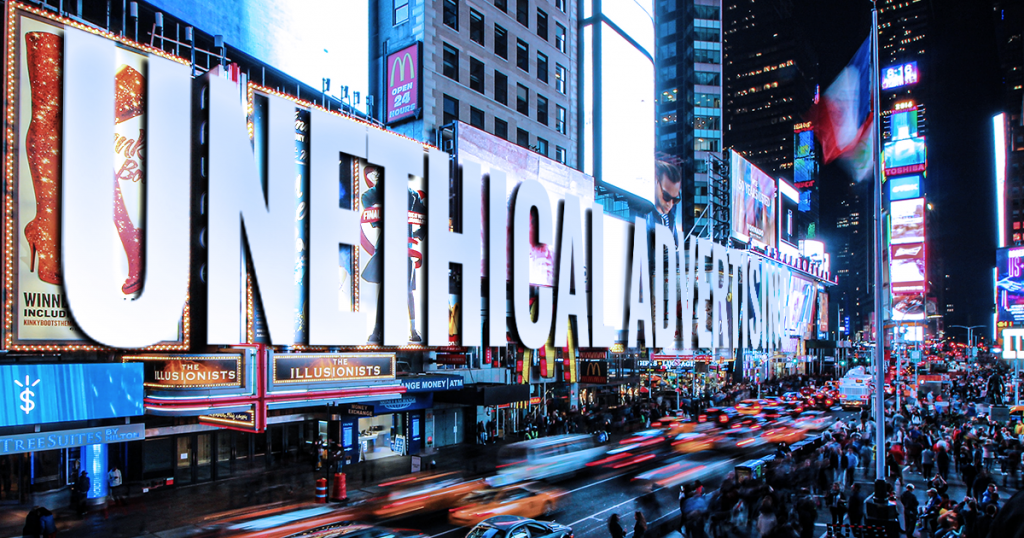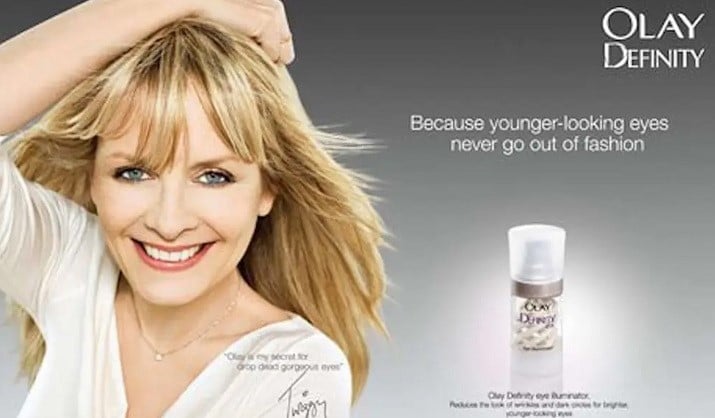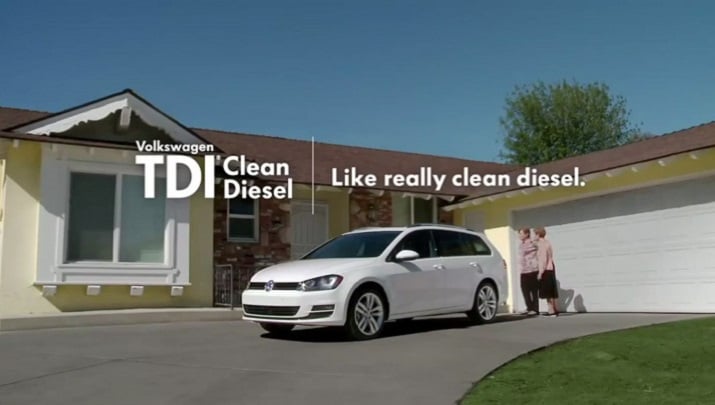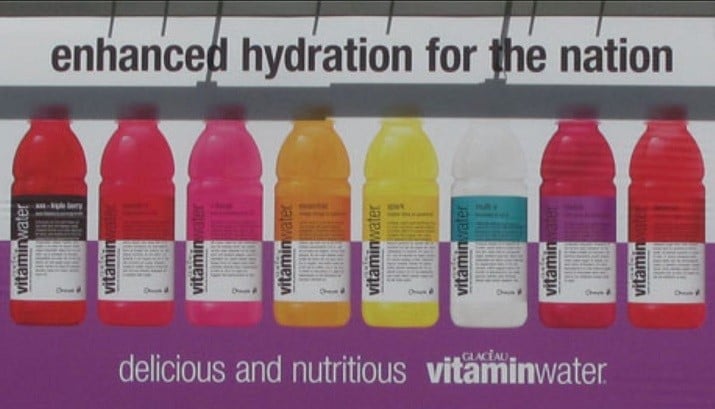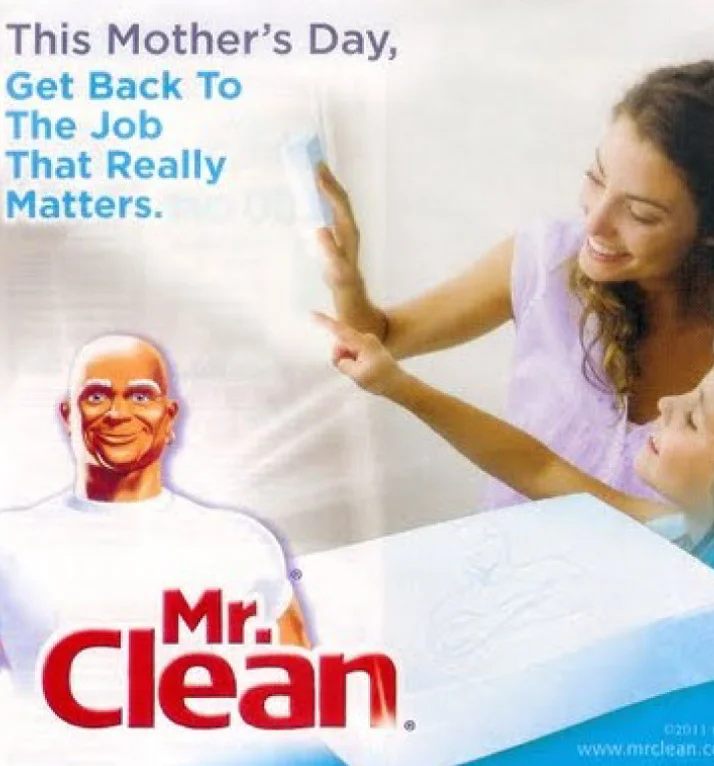In an ideal world, everyone would be of immaculate marketing morals: nobody would be dishonest, and all advertising would be truthful. That laundry detergent promising to remove all stains would actually do it, and that fragrant body spray would actually last for days. Unfortunately, though, things aren’t like that. Unethical advertising is all too common, and it can take many forms.
Here’s the thing, though: one bad apple can ruin the bunch. While the vast majority of advertising is ethical and honest, the (still existing) advertisements that are unethical can definitely wreak havoc on brand reputations, consumer trust, and the overall perception of advertising.
What are some of the unethical advertising examples you need to keep in mind — and how to spot them?
We’re diving deep into some of the most common unethical advertising tactics, examples, and how you can protect yourself against them. Read on and find out more.
What Is Unethical Advertising?
Unethical advertising is any form of advertisement that misrepresents a product, service, or brand. It could be exaggerating the benefits, using false statements, or simply taking advantage of people’s trust. In the worst-case scenario, it would be intentional, but many companies can be genuinely unaware that they are making ethical missteps in their ad campaigns.
Unethical advertising is everywhere, from the toothpaste commercial featuring a dentist recommending the product to the weight-loss ads that overpromise drastic results. Aside from the fact that these ads are unethical (i.e. they are making false statements), they are also part of bigger problems, such as:
- The lack of regulation on advertising allows companies to make misleading statements, particularly online
- The effects these ads can have on younger audiences
- The gradual growth of mistrust in advertising and marketing in general
- The consequences of these ads on consumers, who experience frustration and disappointment
- (Online) shopping addiction and the financial instability associated with it
- The struggle of small businesses who are unable to compete with companies using unethical advertising tactics
…And more.
Unethical advertising lies at the core of why people don’t trust brands anymore, which is in itself a snowball effect bound to take its toll on everyone: advertisers and consumers alike. Think of it: when people feel lied to or overly sold to, they block out (mentally or using browser extensions) all advertising.
Consequently, advertisers end up spending a lot of money on ads that will be ignored or not even shown to the right people. Add this on top of click fraud (a multi-billion dollar issue plaguing the digital advertising world) and you can easily see how unethical advertising can have a huge, negative impact at an almost preposterous scale.
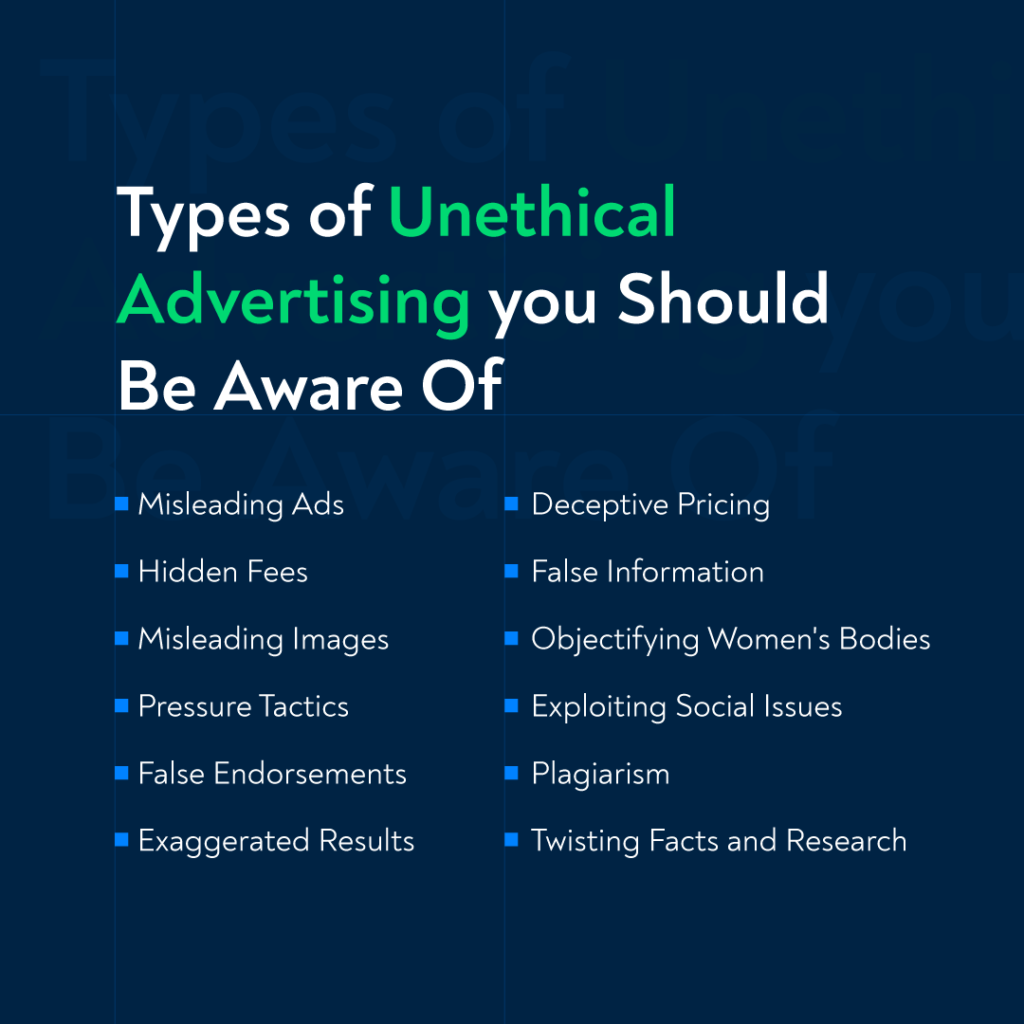
Types of Unethical Advertising You Should Be Aware Of
Unethical ads come in many shapes and forms. Here are some of the most frequent examples:
Misleading Ads
These ads have misleading statements or claims that are not supported by actual facts or research. A brand new toothpaste recommended by 98% of dental health professionals? Unlikely to be true — but that number sounds impressive, doesn’t it?
Hidden Fees
These are unethical advertisements that don’t mention that there are extra costs or fees associated with a service or product. How many times have you downloaded a game advertised as free, only to find out you can only play one or two levels and then pay for it?
Misleading Images
Ads that use images to show consumers something they won’t actually get. A burger that looks twice as big and juicy as it is in the ad is somewhat of a miracle. And using a 20-year-old to advertise anti-aging beauty products is surely misleading.
Pressure Tactics
This is when companies use pressure tactics to get people to buy something they don’t really need. Tapping into the Fear of Missing Out isn’t incredibly unethical, for sure. But it can definitely go too far. Like, for example, when an ad encourages someone to purchase something before the end of a limited-time offer, which can be misleading.
False Endorsements
These are ads that use false endorsements from celebrities to make a product look more appealing. A famous singer promoting an energy drink they probably never even touched? Shady.
Exaggerated Results
This type of ad promises results that are unrealistic or impossible. A diet pill that can make you lose 10 pounds in a week? Yeah, right.
Deceptive Pricing
Any lawyer will teach you to always read the fine print — which is usually where deceptive pricing comes to light. For instance, you might stumble upon ads that make you think an item is free when it actually isn’t or ads that hide the additional costs related to a product or service count as deceptive pricing.
False Information
This is advertising that gives out false information about a product or service. An example here would be claiming that a product is vegan when it’s not fully vegan or saying that a weight loss supplement has no side effects when stats and studies say otherwise.
Objectifying Women’s Bodies
This one’s still debated, but ads that objectify women’s bodies, use sexy models as props to grab attention or portray a false perception of beauty are generally forms of unethical advertising. We may not have realized this a couple of decades ago, but overly sexual ads can have terrible effects, especially on younger minds.
Exploiting Social Issues
Ads that exploit or manipulate social issues to benefit their brand are also unethical. Companies have a responsibility to handle these delicate topics with respect and not use them as a way to increase their profits.
Plagiarism
We don’t need to say much about this one. Plagiarism is theft (there’s no better way to put it.) Using someone else’s work without their permission or credit is unethical and, in most cases, it’s illegal too.
Twisting Facts and Research
Ads that twist facts and research to prove the worth of a product are also unethical. It’s one thing to explain your business’ benefits without lying about them, but it’s entirely different to manipulate facts and data in order to convince someone of their need for something.
Top 5 Unethical Advertising Examples
Unfortunately, there are plenty of unethical advertising examples out there. Here are some of the top 5, though – just to give you an idea of how not to proceed when creating your own ads.
Twiggy’s Olay Ad
In 2009, Olay ran an ad featuring Twiggy that made it seem as though she was aging naturally – when, in fact, the photo had been clearly retouched. This is a clear example of using misleading images to drive your point home.
Volkswagen Diesel Scandal
This is one of the few situations where the problem isn’t one ad, but an entire program. Volkswagen concealed the fact that their diesel cars were releasing more harmful emissions than allowed by law and even used software to cheat on pollution tests. Meanwhile, their ads promoted “clean Diesel” cars, clearly misrepresenting their product.
McDonald’s Dead Dad Advert
McDonald’s dead dad advert was scandalous because it used a sensitive topic – the death of a father – to sell products. While appealing to emotion is an acceptable (and even desirable) way to get attention on your ads, going too far can be have the exact opposite effect.
Coca-Cola’s Vitamin Water Misleading Ad
Coca-Cola’s Vitamin Water has been widely criticized for its misleading adverts, which made claims that the drink is a healthy alternative to soda, when, in fact, it was uncovered that Vitamin Water contained sugar (and quite a lot of it!) This is one of the most popular unethical advertising examples for the way in which it twisted reality and made false health claims.
Mr. Clean’s Mother’s Day Ad
Mr. Clean chose to run an advert that showed a woman and her daughter cleaning together, with a message that said “This Mother’s Day, get back to the job that really matters.” It’s easy to see how this ad was not just unethical (because it implied that mothers are responsible for house cleaning), but also quite irritating and offensive.
These are just a few examples of unethical advertising, but they serve as a reminder of how dangerous it can be when companies go too far in their campaigns. It’s essential to be aware of the impact your ads have, not only on customers but also on the wider public. Always stay true to your values and remember that there’s a line between effective advertising and unethical practice.
How to Avoid Unethical Advertising as an Advertiser
Regardless of which end of the advertising spectrum you specialize in (creative, PPC, etc.), you must always be aware of unethical advertising examples — not because they’re a good source of inspiration (obviously not), but because they can definitely teach you a lot about what not to do.
To that extent, here are some of the most important rules you should follow to avoid unethical advertising in your campaigns:
Always Be Honest
OK, it might not always be possible to be 100% honest. However, don’t stretch the truth, omit facts, or twist words just to make your message more attractive. Honesty is key if you want to get genuine results and have a good standing with customers, so make sure your campaigns avoid anything that could be interpreted as deceptive.
Don’t Discriminate
Discriminatory ads often have a strong negative impact and should be avoided at all costs. Respect your customers and make sure that your campaigns are respectful of all races, genders, ages, etc.
Be Responsible
Just because something is legal, it doesn’t mean it’s ethical. When it comes to your advertising, remember that you are ultimately responsible for the message you’re sending out, so make sure that it’s one that is respectful and responsible.
Adhere to the Law
It goes without saying, but make sure your advertising adheres to all applicable laws and regulations. It’s best to double-check with a lawyer or legal team before running any campaigns to ensure that you’re in line with all necessary rules and regulations.
Ultimately, unethical advertising examples are plentiful and serve as a reminder of the importance of staying true to your values. Follow the tips above and make sure that your campaigns are always honest, responsible, respectful, and legal.
Please note: This does not mean you shouldn’t use persuasion tactics in your ads – just make sure to stay on the right side of ethics. Only then will you ensure successful and trustworthy campaigns for your business — and the kind of results you can be proud of afterward.
Unethical Advertising Examples: FAQs
What are some examples of unethical advertising?
Some examples of unethical advertising include misleading advertisements, discriminatory advertising, making false health claims, and using fear tactics in ads.
Is advertising ethical or unethical?
Whether or not advertising is ethical or unethical depends on the context. Advertising can be ethical if it is honest, respectful, and responsible. However, unethical advertising includes misleading ads, discriminatory campaigns, and making false claims (in relation to a product’s capabilities, for example.)
Is misleading advertising unethical?
Yes, misleading advertising is unethical. Misleading ads are designed to deceive the consumer and should be avoided at all costs. To ensure ethical advertising practices, always make sure your campaigns avoid making false claims, using deceptive tactics, or omitting important facts.
What is unethical advertising?
Unethical advertising is any type of advertisement that is deceptive, misleading, or otherwise dishonest. Examples include making false claims about products or services, using fear tactics in ads, and discriminating against certain groups of people. Unethical advertising has a negative impact on society and brand credibility, so it should be avoided.
How does advertising become unethical?
Advertising becomes unethical when it is deceptive, misleading, or otherwise dishonest. Not all advertising is unethical, and it all depends on how far certain tactics are pushed but overall, ethical advertising should be responsible and respectful.
